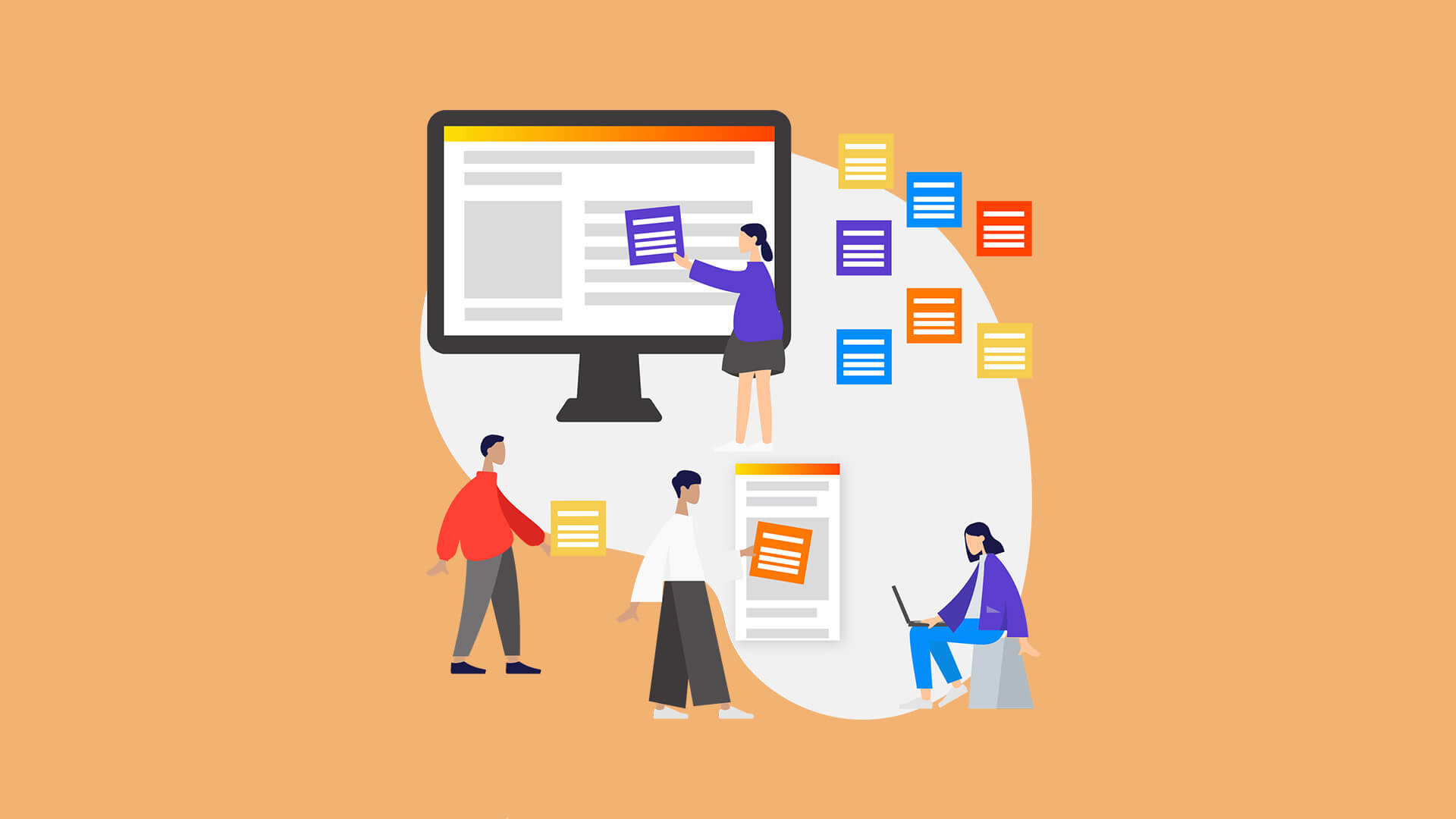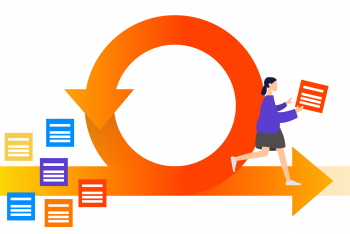The product owner is more often than not the project’s main stakeholder from the client-side. The product owner needs to have an in-depth knowledge of the project especially the focus of the project, who the users are, and how users will interact with the product.
The Product Owner will work closely with our Scrum Master to help make sure that the project is heading in the right direction and sign off on user stories as developers finish them. Also, the Product Owner needs to be a bridge between the other client stakeholders so that they can articulate to our team what needs to be done to get the product to a desirable state.
Directing the project
The Product Owner is incredibly important for our team because they help define the vision of the project. In other words, what are we actually trying to accomplish and why? Before a sprint begins the product owner will work with our Scrum Master to break the project into user stories so that our design and development team can tackle the project task-to-task.
Once a project has been broken down into user stories the Product Owner will work with the team to figure out the priority of each user story and how many can get completed per sprint. It really helps our team when the Product Owner has a confident grasp on the type of product we are building. A Product Owner doesn't necessarily need to have comprehensive technical knowledge (that's the developer's job!) but they do need to have a really good understanding of the users and how people will use the product.
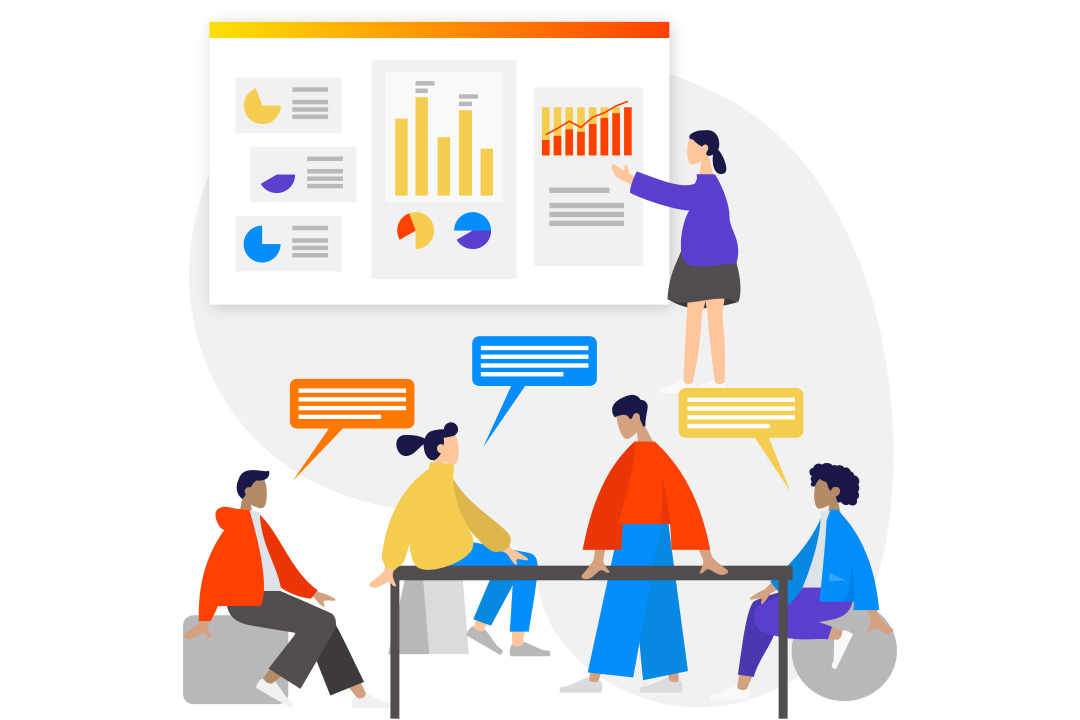
Stakeholders
The adage “too many cooks in the kitchen” comes to mind when we get too many stakeholders’ input into the direction of a project. In an ideal scenario, the Product Owner will take on all the input from stakeholders (business managers, team members, etc) from the client-side and communicate to our development team what is most important. That doesn’t mean that everything that comes from the client side will get done. It’s about collaborating with the team about what can feasibly be accomplished within the budget and timeframe. And it ultimately comes down to what works best for the users.
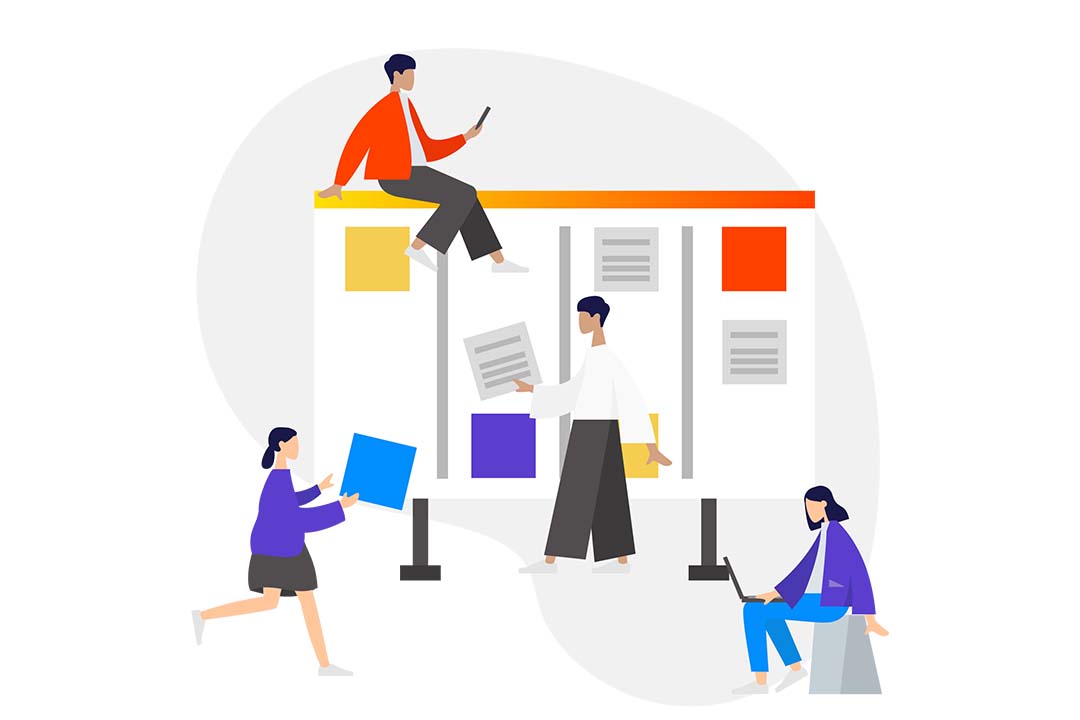
Prioritizing user stories
The Product Owner helps guide prioritizing both the backlog and user stories in the current sprint. For example, if a sprint is coming to an end and you don’t think you’ll be able to get everything done the Product Owner will often talk through the remaining user stories with the development team to find out what is most important and what can get done in the remaining time. The dev team will have the best idea of what can get done from a technical standpoint so it’s about everyone working together to come up with a plan that will work best for everyone.
The user stories that aren’t in a sprint are found in the backlog. The user stories that are in the backlog are a roadmap for what features will be built in the future. The items that are in the backlog can be changed and reprioritized according to the Product Owner as the project progresses. The product owner will work with the scrum master and the development team to work out what can and should be achieved in future iterations.
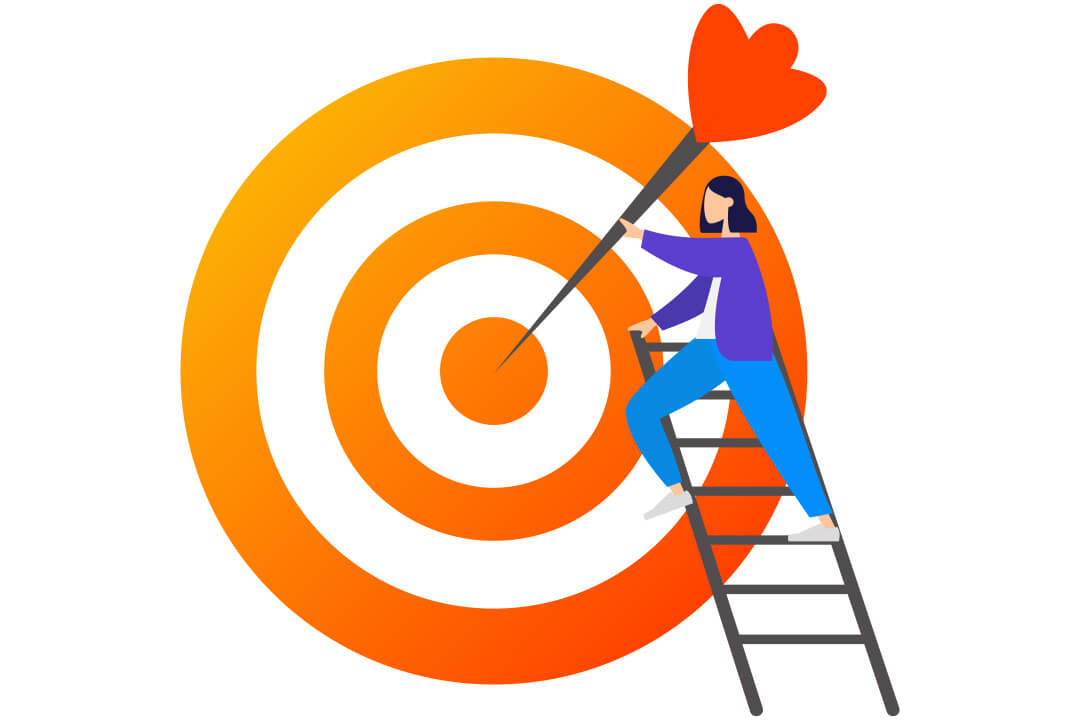
Evaluation and client sign-off
Last but not least, one of the product owner’s most important responsibilities is evaluating the work done by our team and signing it off when they are satisfied that it meets the agreed-upon requirements.
Once our devs have finished the user story and it’s been through peer review, it goes to our tester to find any bugs. It will then be passed on to the client for sign-off once the bugs have been fixed. This means that the Product Owner will need to do a bit of testing themselves making sure that whatever has been built is working to their requirements. Once they are happy with how the feature is working the Product Owner will move that particular user story into the done column.
Conclusion
The Product Owner is one of the key intermediaries between the dev team and the client. When a Product Owner understands their role it makes everyone’s jobs a lot easier and increases the likelihood that the project is a success.
Do you have a website project coming up that you need help with?
If you have any questions or want to chat we’d love to hear from you :-)
